Ardabil Cannibal Castle: A 3000 Year-old Fortress with Dark Legends
The Cannibal Castle in Ardabil, shrouded in mystery and local legends, stands as an intriguing remnant of ancient times, captivating visitors with its eerie past and rugged beauty.
Ardabil, one of Iran's most welcoming provinces, is a popular destination for travelers throughout the year, especially during the summer. Known for its unique natural and historical attractions, Ardabil hosts a large number of domestic and international tourists annually.
The city's history dates back over 40,000 years, making it rich in various historical sites from different periods. Among these attractions is the Cannibal Castle, or Qaleh Adamkhar, located near the village of Abbasloo, 11 kilometers from Niar County.
With a history of over 3,000 years, this mysterious castle once sparked local legends about it swallowing those who entered, leaving no trace behind. Today, it is understood that its high walls trapped people inside, leading to their eventual demise.
The castle also contains remnants of civilizations from 4,500 years ago, including the Bronze Age, Parthian, and Islamic periods. In this blog, we will cover everything you need to know about the Cannibal Castle in Ardabil, including its history, archaeology, and much more.
History of Cannibal Castle in Ardabil
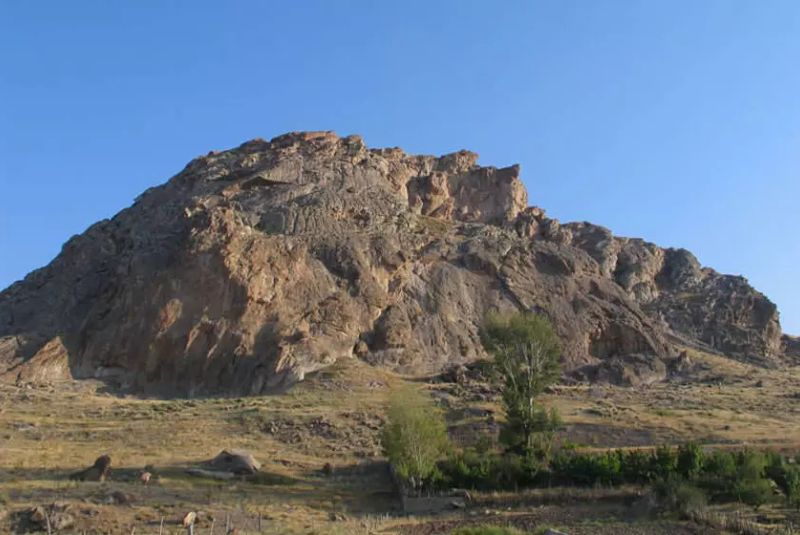
The Cannibal Castle in Ardabil, also known as Qaleh Adamkhar or Boini Yoghun, stands as one of the most mysterious and historic sites in Iran, dating back around 4,000 years. Located in the village of Kor Abbasloo in Ardabil Province, this ancient fortress has an intriguing name in Azerbaijani: "Boini Yoghun," meaning "thick-necked."
Legends surrounding the castle say it would "swallow" those who dared enter, leading to the name "Cannibal Castle." Some historians suggest that the fortress’s confusing layout and lack of visible entry points could easily disorient intruders, trapping them within its walls.
Over time, numerous skeletons have been discovered within the castle, fueling its eerie reputation. While some believe these tales were simply folklore, others argue that the treacherous landscape and maze-like design might have genuinely contributed to the castle’s ghostly legends, attracting thrill-seekers and historians alike.
Archaeological evidence from inside the castle points to its roots in the Manaean era, around 1,000 BCE. The fortress reached its peak during the Parthian Empire when the conflict between Rome and Persia made Ardabil a crucial stronghold.
Interestingly, Cannibal Castle was a residential area rather than a military base during this time, spanning a vast area of over 300 hectares. Its layered structure reveals it was inhabited from the Parthian to the Safavid period, providing shelter and sustenance thanks to abundant natural resources and a strategically challenging location.
While once feared for its legend, modern studies suggest that the difficult terrain and lack of communication were the real reasons people went missing within its walls.
| Related: Iran's Beautiful Castles - Top 20 Historical Fortresses You Must Visit
Why is it Called Cannibal Castle?
Locals believed that the castle "devours" its visitors, causing them to disappear without a trace. This legend likely arose from the castle's challenging terrain and the difficulty visitors experienced finding their way out, often leading to people getting lost within its walls.
The Other Name of Cannibal Castle
Cannibal Castle in Ardabil is also known as "Buini Yughun," which translates to "Thick Neck." This name is rooted in local folklore and reflects the eerie legends surrounding the castle.
Architecture of Cannibal Castle in Ardabil
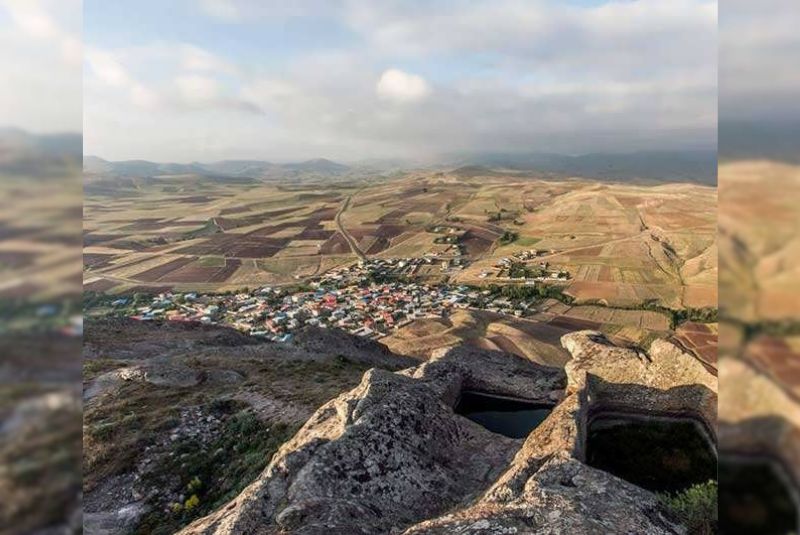
The Cannibal Castle, also known as Qaleh Adamkhar or Boini Yoghun, showcases a unique architecture that sets it apart from other historical fortresses in Iran. Built using massive, thick stones that range from two to five meters in width, the walls of this castle rise to an impressive height of 300 meters.
This imposing structure made the castle nearly impenetrable from the north and south sides, effectively shielding its occupants from enemies and harsh natural conditions. The skillful use of stone in both strength and scale is a testament to the expertise of its ancient builders.
Stone Staircases
One of the defining architectural features of Cannibal Castle is its carefully crafted stone staircases. Designed to facilitate access to the elevated structure, these stairs were made by carving natural stone, ensuring stability and durability.
The staircases lead visitors up the fortress, allowing easy yet controlled entry, which would have made it difficult for invaders to ascend quickly. This ingenious design showcases the castle’s emphasis on both accessibility for its residents and restricted entry for outsiders.
Water Reservoirs
A distinctive feature of Cannibal Castle is its six large water reservoirs located at the top of the fortress. These reservoirs were built to collect rain and melted snow, ensuring a sustainable water supply for the castle’s residents. Created entirely by hand, these reservoirs display a high level of stone-carving skill and serve as an early example of water management in ancient architecture.
The depth of these reservoirs allowed the storage of sufficient water, which was vital during prolonged sieges or periods of drought. This clever adaptation demonstrates the strategic planning of the castle’s designers to address the challenges of the remote, mountainous environment.
The Fortress Walls and Overall Layout
The architecture of Cannibal Castle is characterized by its substantial walls, which stand atop large, solid rock formations. The fortress’s elevation and thick walls contributed to its near-impenetrable defenses, while the layered construction made it appear almost maze-like to outsiders.
Historians note that no clear entry or exit points are visible around the castle, making it difficult for intruders to navigate and escape. The high walls and multiple layers provided effective shelter for its inhabitants, making the fortress a safe haven during turbulent times, especially during conflicts between the Roman and Persian empires.
Southern Defense Structure
On the southern side of Cannibal Castle, remnants of a structure thought to be a key defense mechanism remain visible. Experts believe that this area served as a strategic lookout point, allowing guards to detect incoming threats. This southern structure was likely an essential part of the castle’s defensive operations, particularly during the Roman-Persian wars.
The multi-layered defenses, rugged terrain, and isolated location added to the castle’s resilience, making it nearly impossible for enemies to conquer. This southern structure, along with the layered architecture, ensured that residents were safe from invasion, even during intense military conflict.
Historical Artifacts
Within Cannibal Castle, archaeologists have uncovered artifacts from various historical periods, including the Parthian, Bronze, and Islamic eras. These relics, which include pottery and metal tools, offer a glimpse into the lives of the ancient residents who called this castle home.
The presence of these artifacts indicates that the fortress was occupied for centuries, providing an invaluable link to Iran’s rich history. These findings make Cannibal Castle a fascinating destination for visitors interested in both the architecture and historical significance of this enigmatic site.
Legends and Tales of Cannibal Castle
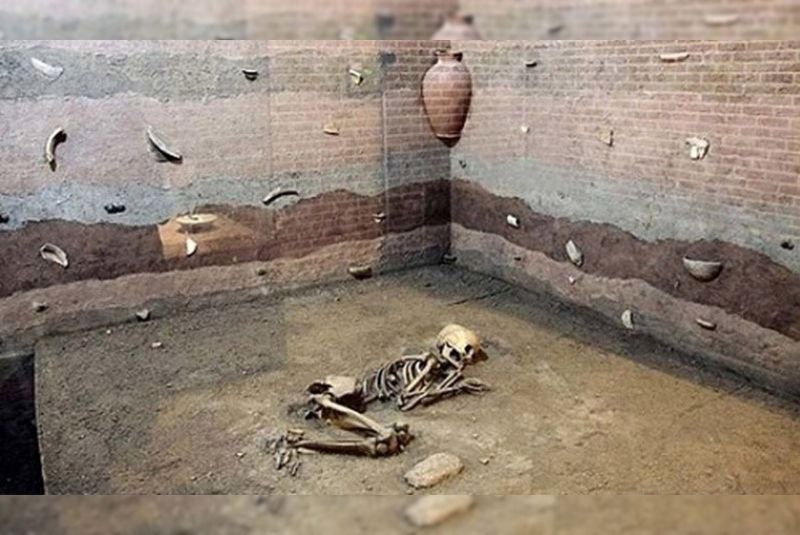
One of the most captivating aspects of Cannibal Castle in Ardabil is the mysterious legends and tales surrounding it. Locals believed the castle had an eerie power to "swallow" anyone who entered, leaving no trace of them behind. These tales were so widely accepted that they even found their way into historical texts and scholarly discussions, adding to the castle's enigmatic reputation.
However, as scientific knowledge advanced, it became clear that these legends likely stemmed from the natural and geographical challenges posed by the area. The castle's remote location and the difficult terrain surrounding it often caused visitors to lose their way, with little to no information available to guide them back.
This led to many travelers disappearing or becoming lost, fueling the supernatural stories passed down through generations. Today, these legends continue to intrigue visitors, adding a sense of mystery and allure to Cannibal Castle.
| Read more: Top 10 Scary Destinations in Iran
Recent Research and Discoveries about Cannibal Castle
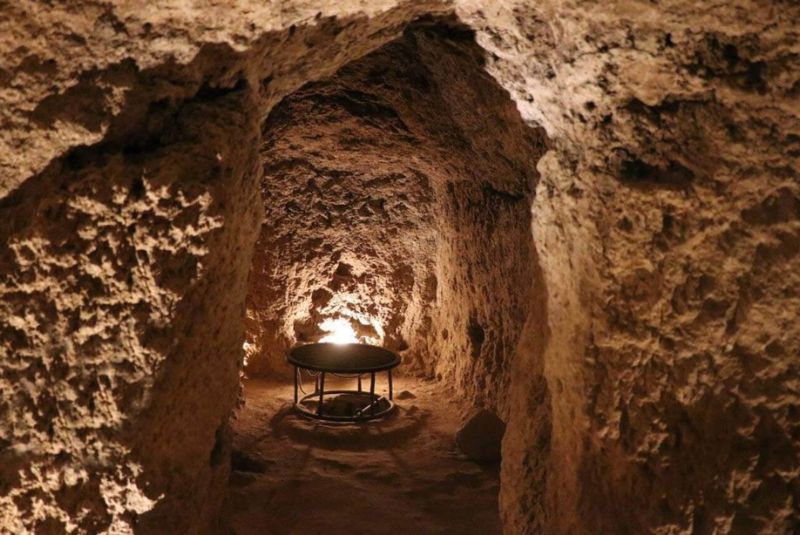
Recent archaeological and scientific research has shed light on many of the mysteries surrounding Cannibal Castle in Ardabil. Through careful examination of the castle’s structure and analysis of historical documents, researchers have uncovered that the legends of people disappearing were likely due to the challenging mountainous terrain and lack of clear pathways. Many visitors became disoriented in the rugged landscape, and with limited guidance or information, some may have failed to find their way back.
Studies have further revealed that Cannibal Castle, known as one of Iran’s most significant fortresses from pre-Islamic times, played a major role in regional history. Artifacts uncovered within the castle, including items from various historical periods, underscore its importance and grandeur over the centuries.
Geographic and Natural Features of Cannibal Castle
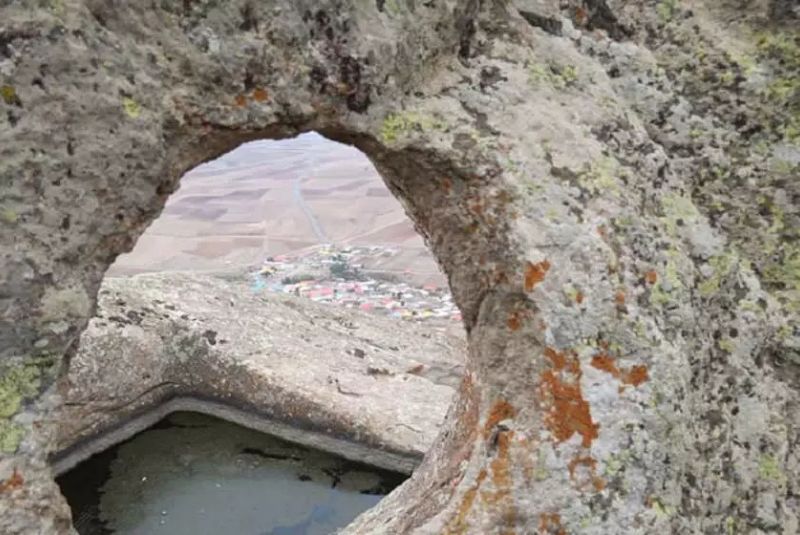
The geographic and natural features of Cannibal Castle have significantly contributed to its reputation and the myths surrounding it. Situated in a mountainous, hard-to-reach area, the castle is notoriously difficult to access. These natural defenses, along with the high, thick walls of the structure, made it a seemingly impenetrable and mysterious location in ancient times.
The surrounding landscapes add to its allure. With scenic mountains and deep valleys nearby, Cannibal Castle’s unique architecture blends with the dramatic terrain, creating an awe-inspiring sight that captures the imagination of visitors. Together, the geography and historical significance make this ancient fortress a fascinating location, combining natural beauty and the intrigue of historical mystery.
Attractions Around Cannibal Castle in Ardabil
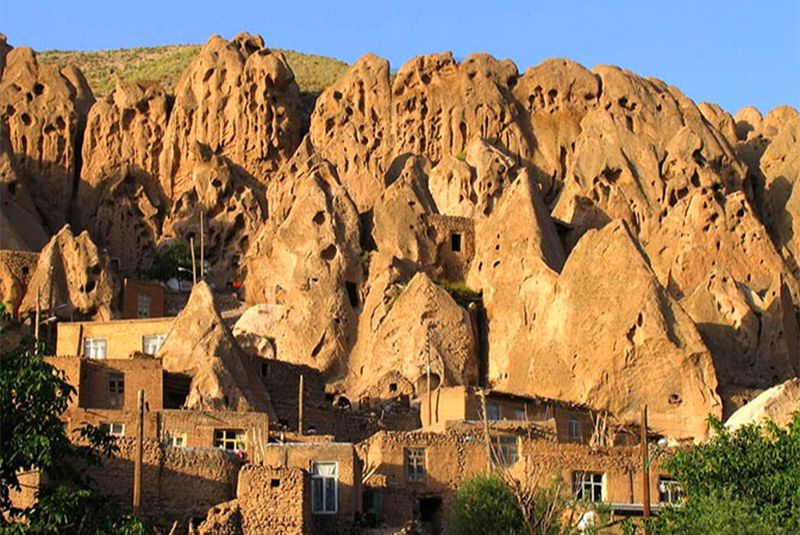
The surrounding area of Cannibal Castle in Ardabil is also a popular tourist destination, adding natural beauty to the historical allure. The pristine nature and scenic landscapes enhance the experience for visitors, blending history with the natural beauty of Ardabil Province.
Nearby attractions include beautiful waterfalls, serene lakes, and historic villages that provide a fascinating journey through both history and nature. These natural features make the area an appealing destination for those seeking a blend of cultural exploration and outdoor adventure.
Cannibal Castle Location and Access
Accessing Cannibal Castle can be challenging due to its unique geographic location. The castle is situated approximately 11 kilometers from Nir County, near the village of Korabaslu. While there are multiple routes to reach the site, some paths are rugged and require physical preparedness as well as proper equipment.
Given the mountainous terrain and challenging natural environment, gathering relevant information before visiting is essential. Local guides can be invaluable in navigating the terrain and enriching the visitor experience by providing historical context and guidance.
Tips for Visiting Cannibal Castle
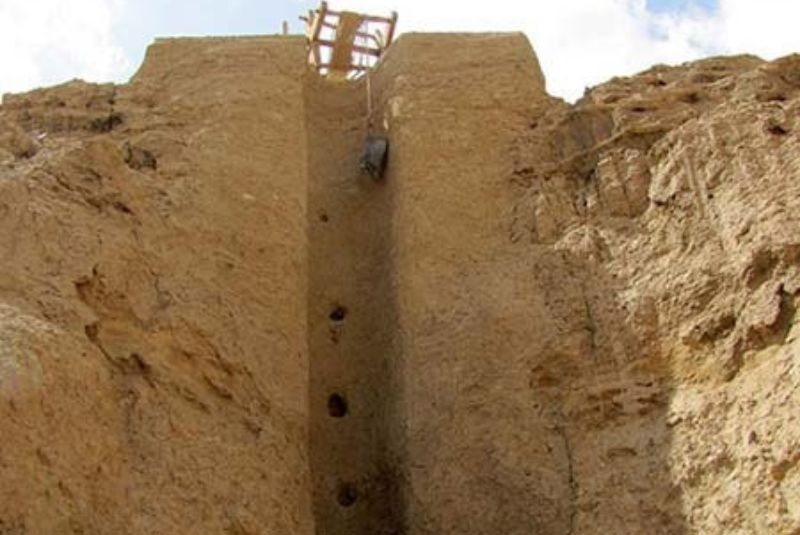
Visiting Cannibal Castle requires some preparation and attention to specific factors due to its distinct geographic and architectural characteristics. Here are some essential tips for those planning to explore this historic site:
- Appropriate Equipment: The rough paths require mountain boots and safety gear to ensure a safe and comfortable journey.
- Local Guide: A local guide can help prevent visitors from getting lost and provide in-depth insights into the castle’s history and features.
- Water and Food: Since there are no facilities within the castle, bringing sufficient water and food is recommended, especially for those planning a longer visit.
- Environmental Respect: Preserving the natural environment and historical artifacts is crucial. Avoid littering and refrain from causing any damage to the site to help maintain its historical and natural integrity.
Bottom Line
Cannibal Castle locally known as "Qaleh Adamkhar" or "Buini Yughun"—is a site that beckons with mystery and history. This ancient fortress, rumored to "swallow" anyone who dares enter, has roots that trace back over 3,000 years, with artifacts dating from the Bronze Age to Islamic periods.
Its imposing stone walls, climbing to 300 meters, and maze-like layout likely contributed to legends of disappearing visitors, as many became lost or trapped within its towering, thick walls.
Surrounded by the natural beauty of Ardabil, including serene lakes, waterfalls, and historic villages, the castle offers a unique blend of history and adventure. Yet, reaching it is no easy feat; the winding, steep paths demand both physical preparation and the guidance of local experts.
If you want to explore the myths and marvels of Cannibal Castle, contact our expert tour guides today to plan your visit and experience the thrill of history in one of Iran’s most mysterious landmarks!
Share your story!
Comment below and let us know about your Experience.
Your story inspires others!


Comment
Leave a Comment